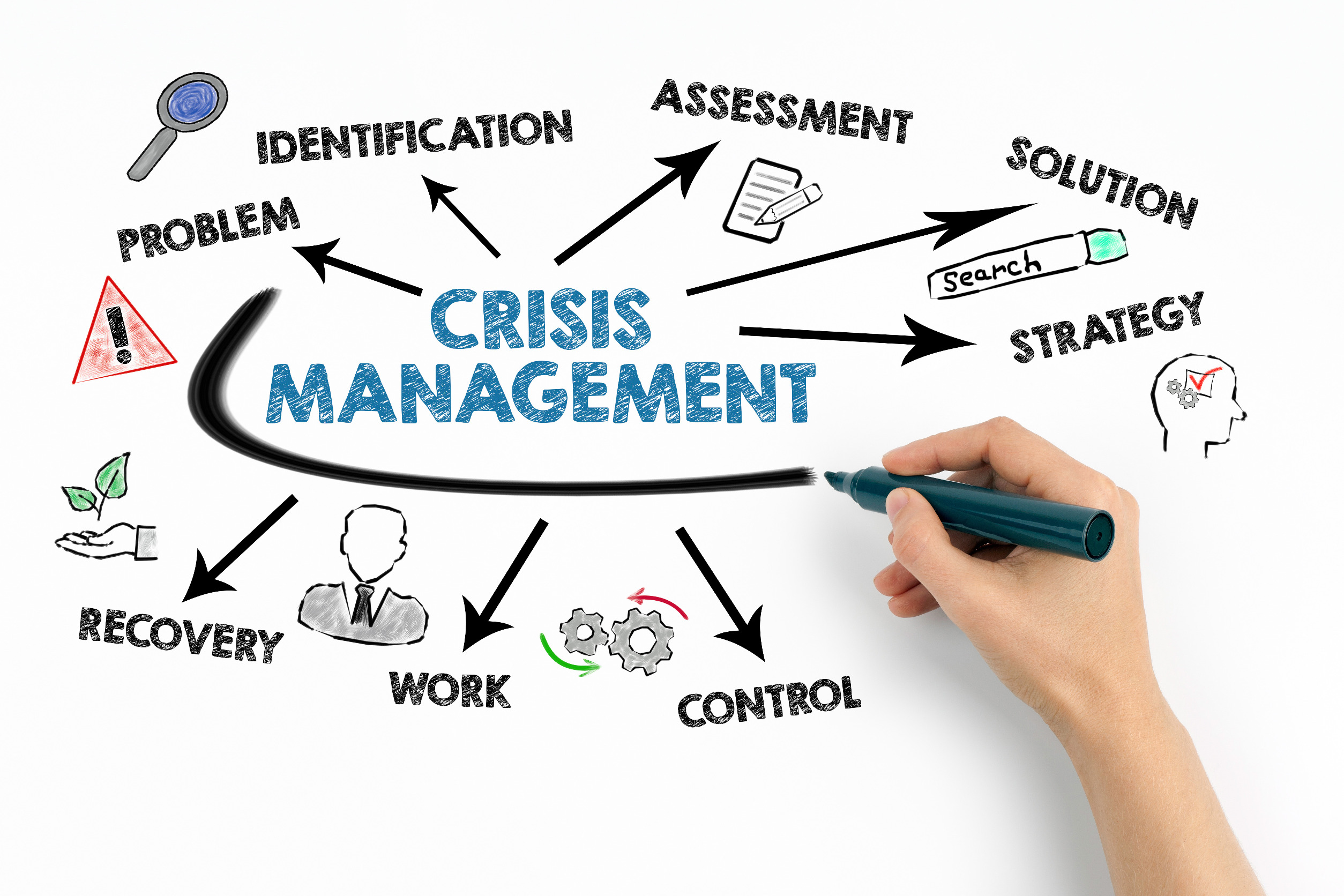It comes with the territory. As change practitioners, we don’t only get to tell our clients (whether we are working internal or external, we all have clients) what is going well. It is also our responsibility to tell them what is going wrong. If we don’t, we are becoming part of the problem. And yet, over and over I see practitioners avoiding the tough conversations, down-playing risks to change success or concealing them altogether.
In How to Have A Difficult Conversation With Your Boss, Richard Feloni introduces a seven step process for having tough conversations with your supervisor. While I am using the author’s titles for each of the steps, I am modifying the content to the role that we play as change practitioners.
- Get Permission: You should always have explicit permission to deliver bad news, to deliver it early, and to deliver it honestly. Before beginning work with my clients, I contract with them, making it clear that it is my responsibility to be truthful at all times…including bringing them the difficult truths. When I go in to have a tough conversation, I am prepared to remind them of our agreement if needed.
- Explain the Situation and Context: Be clear; be explicit. The situation calls for your client to take action. She needs to understand it in order to be able to do so effectively.
- Frame the Conversation Gracefully: You want your client to focus on the message, not the messenger or how you are presenting it. For me, “gracefully” depends on my client and his communication style. But it always provides the foundation for the conversation…the fact that there is a risk, or risks, that my client’s change faces, and that his action is needed to address them.
- State Your Issue: What is the risk? What are the symptoms you are seeing? What is the root cause?
- Ask for Their Perspective: How does my client see the situation? Am I missing something? Am I communicating the problem effectively? Where are we aligned, and what do we need to work through?
- Arrive at a Mutual Understanding: I always want my client to understand what I am presenting. I want them to question me, to challenge me, to be sure that they understand the root causes. I don’t want them responding to the symptoms of a problem; I want them to get to the bottom of addressing it.
- Arrive at a Resolution: My client is in charge. Once we have explored the challenge, it is up to her to make a determination as to what action she will be taking. I have done everything that I can to inform her decision; now my responsibility is to be clear as to what that decision is, and to support it.
Yes, tough conversations are difficult. And they are essential to serving our clients to the best of our ability. These seven steps—while not necessarily making tough conversations easy—will make them easier, and offer both you and your clients greater chance of success.

























